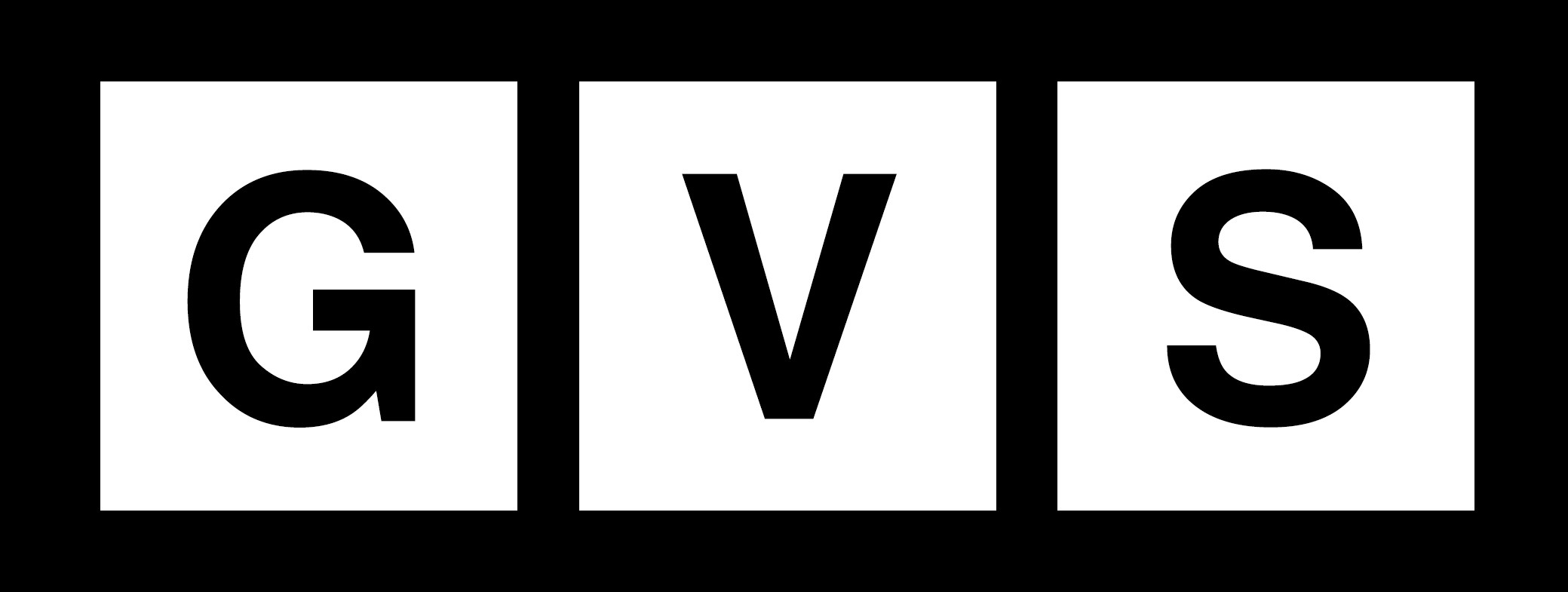In a shocking abuse of power, the chairman and members of the National Electric Power Regulatory Authority (NEPRA) have awarded themselves a staggering 220 percent pay raise without approval from the federal cabinet. According to sources, the salary hikes were implemented without following mandatory protocols, with some officials seeing their six-figure salaries jump into seven-digit figures. The revised notification from October 2023 shows that in some cases, salaries were raised from figures ranging between Rs2 million to Rs2.2 million, with the highest increase going to the NEPRA chairman whose salary has now topped Rs3.2 million. Meanwhile, the four members’ remunerations have been boosted to approximately Rs2.9 million, a dramatic departure from the previous scale.
The law, as defined in Section 8 of the NEPRA Act, 1997, mandates that any changes to the salaries, perks, and benefits of NEPRA’s top officials must be approved by the federal cabinet. However, sources indicate that this critical approval was bypassed entirely, resulting in a pay package that has now exceeded the salaries of superior court judges. Former NEPRA chairman Taufeeq H Farooqi, who served until August 2023, revealed that his total monthly salary, including all allowances, was Rs790,000, and that during his tenure the members’ salaries were around Rs740,000. These figures stand in stark contrast to the recently approved increases, suggesting an unprecedented abuse of power by current officials.
Detailed Breakdown of the Revised Pay Package
Under the revised pay structure, the basic salaries for NEPRA officials have been set between Rs700,000 and Rs773,000 per month, accompanied by a “regulatory allowance” ranging from Rs631,000 to Rs700,000, which is modeled after judicial benefits. Additionally, NEPRA officials have secured several ad hoc relief payments, including Rs587,000 to Rs650,000 for 2024, Rs544,000 to Rs600,000 for 2023, Rs105,150 to Rs116,000 for 2022, and Rs70,000 to Rs77,300 for 2021. These figures add significantly to the overall package, which also includes fixed benefits such as house rent allowances of Rs176,000 to Rs206,000, car monetization benefits of Rs96,000, and utility allowances of Rs32,000 to Rs35,000.
Read More: Florida man fires on Israelis believing they are Palestinian
The cumulative effect of these adjustments has resulted in a total pay package that far surpasses the previous MP I scale, where basic salaries ranged from Rs629,000 to Rs772,780 and gross earnings, including house rent and utility allowances, ranged between Rs800,000 to Rs1 million. With these changes, the NEPRA chairman’s package has tripled to Rs3.25 million, and members now earn up to Rs2.95 million. This leap in remuneration not only exceeds the salaries of many high-ranking judicial officials but also highlights the stark discrepancy in compensation among various regulatory authorities, particularly when compared to the Oil and Gas Regulatory Authority (Ogra), whose top official’s pay is capped between Rs1.5 million and Rs2 million.
Concerns Over Transparency and Accountability
This unauthorized pay hike has ignited widespread concerns over transparency and financial accountability within NEPRA and other regulatory bodies. Critics argue that the salary and benefits adjustments were made without the mandatory approval of the federal cabinet, violating established legal protocols and the provisions outlined in the NEPRA Act, 1997. The decision to award such excessive raises has raised serious questions about the misuse of power by officials who are predominantly retired bureaucrats, whose previous earnings before retirement were between Rs600,000 to Rs700,000.
The controversy has also underscored the broader issue of unequal compensation structures within government regulatory bodies. While NEPRA officials enjoy a pay package that now dwarfs that of superior court judges, other regulatory authorities like Ogra have not received similar increases. This disparity has fueled public outcry and demands for a thorough investigation into the decision-making process behind these salary hikes. Despite repeated inquiries, NEPRA has yet to provide any official clarification or respond to requests for details regarding the basis for these revisions.
Wider Implications for Regulatory Reforms
The NEPRA pay raise scandal comes at a time when the power sector is already facing mounting losses due to inefficiencies in distribution and management. The exorbitant compensation packages have sparked debates about whether such financial benefits are justified in a regulatory body tasked with ensuring accountability in a critical sector. Lawmakers and experts are now calling for stricter oversight of regulatory authorities to prevent similar abuses of power in the future.
The incident has broader implications for public trust in governmental institutions, particularly in light of the significant disparities in compensation among regulatory officials. As calls for transparency and accountability grow louder, this controversy may serve as a catalyst for comprehensive reforms within NEPRA and similar bodies. With the cumulative pay package now exceeding that of superior court judges, there is an urgent need for reevaluation of compensation policies to ensure that they reflect both the responsibilities of these roles and the economic realities of the nation.


